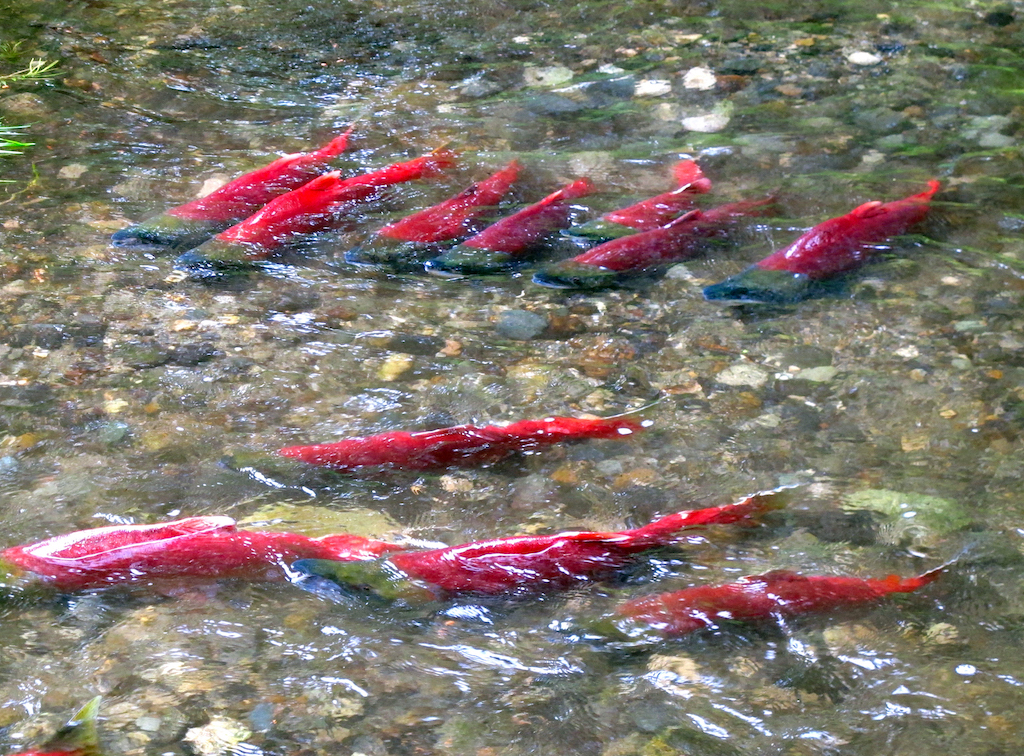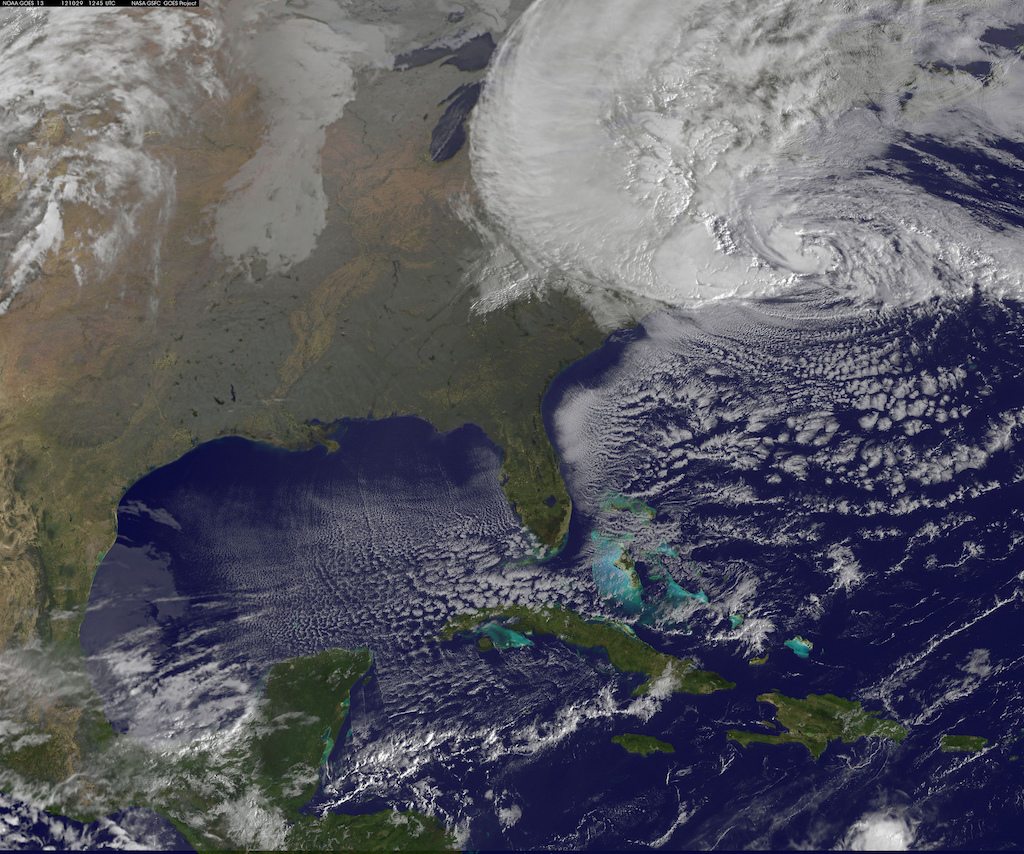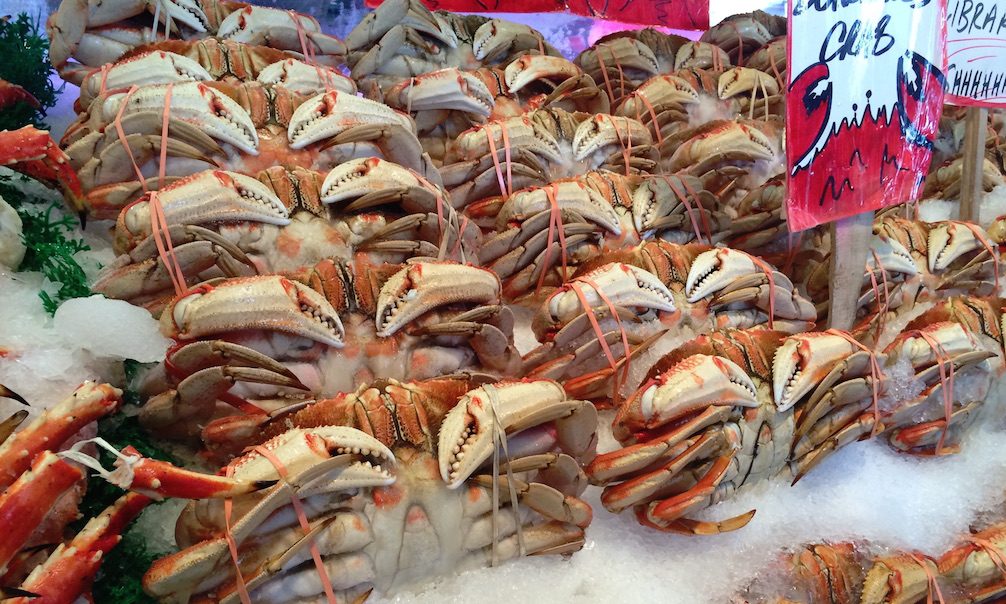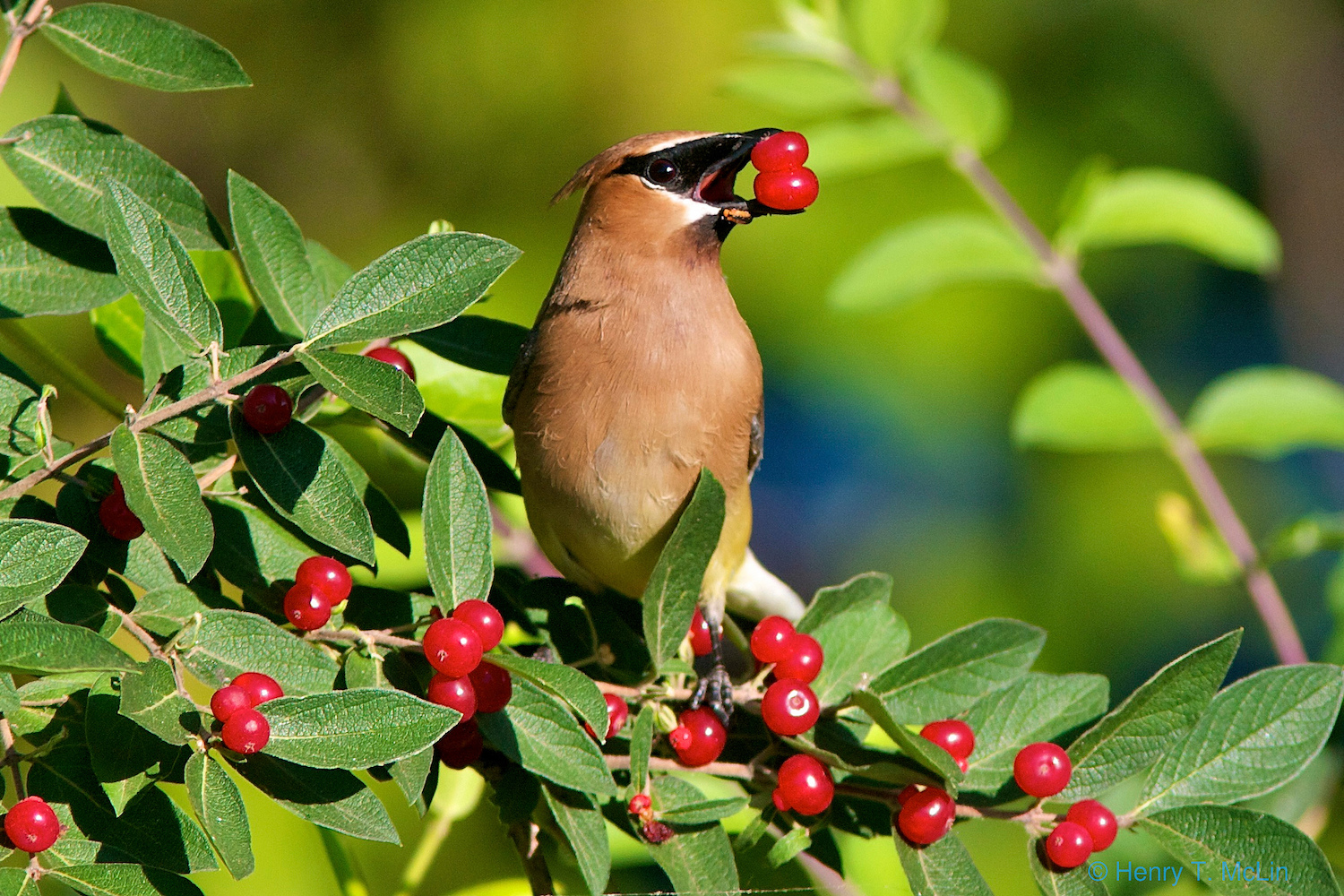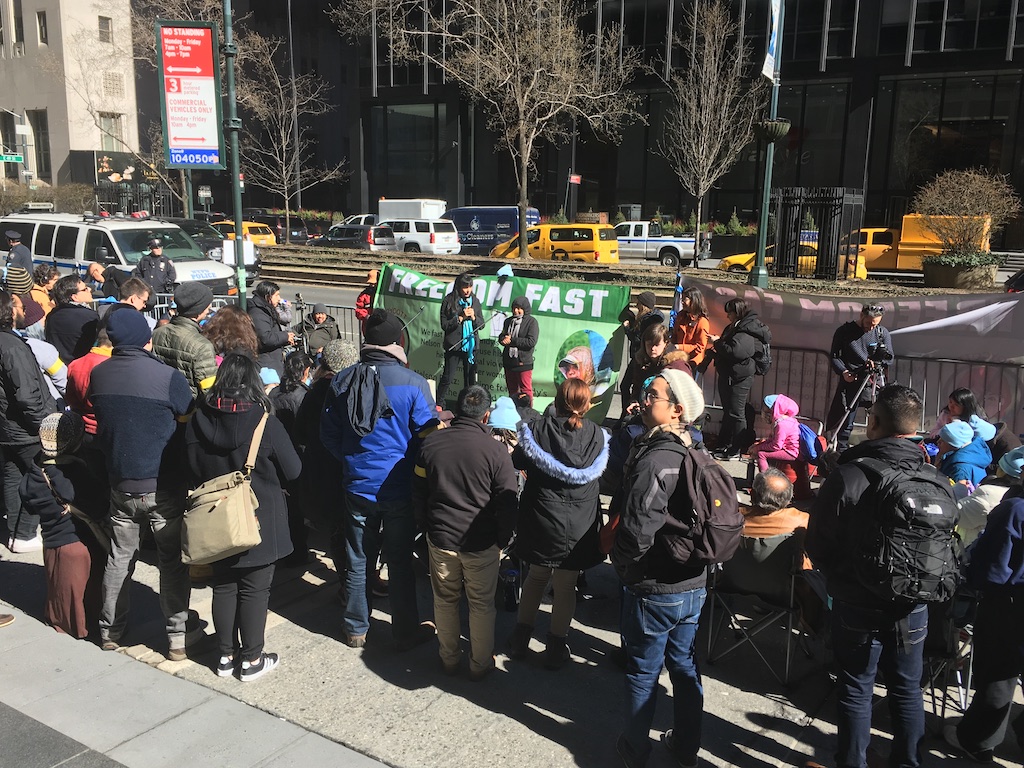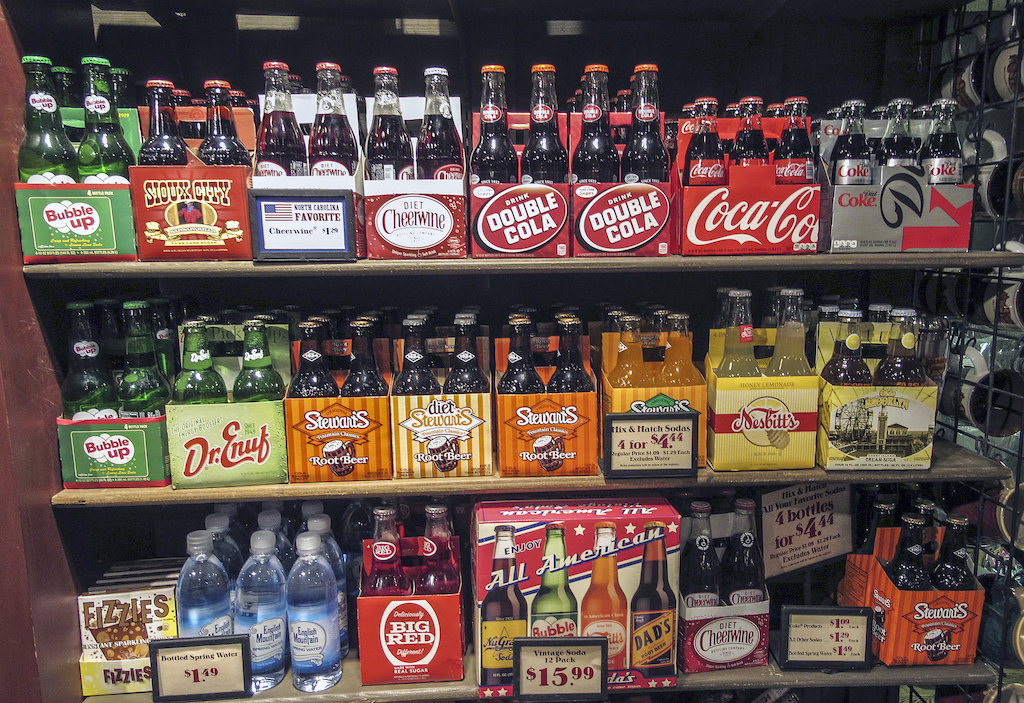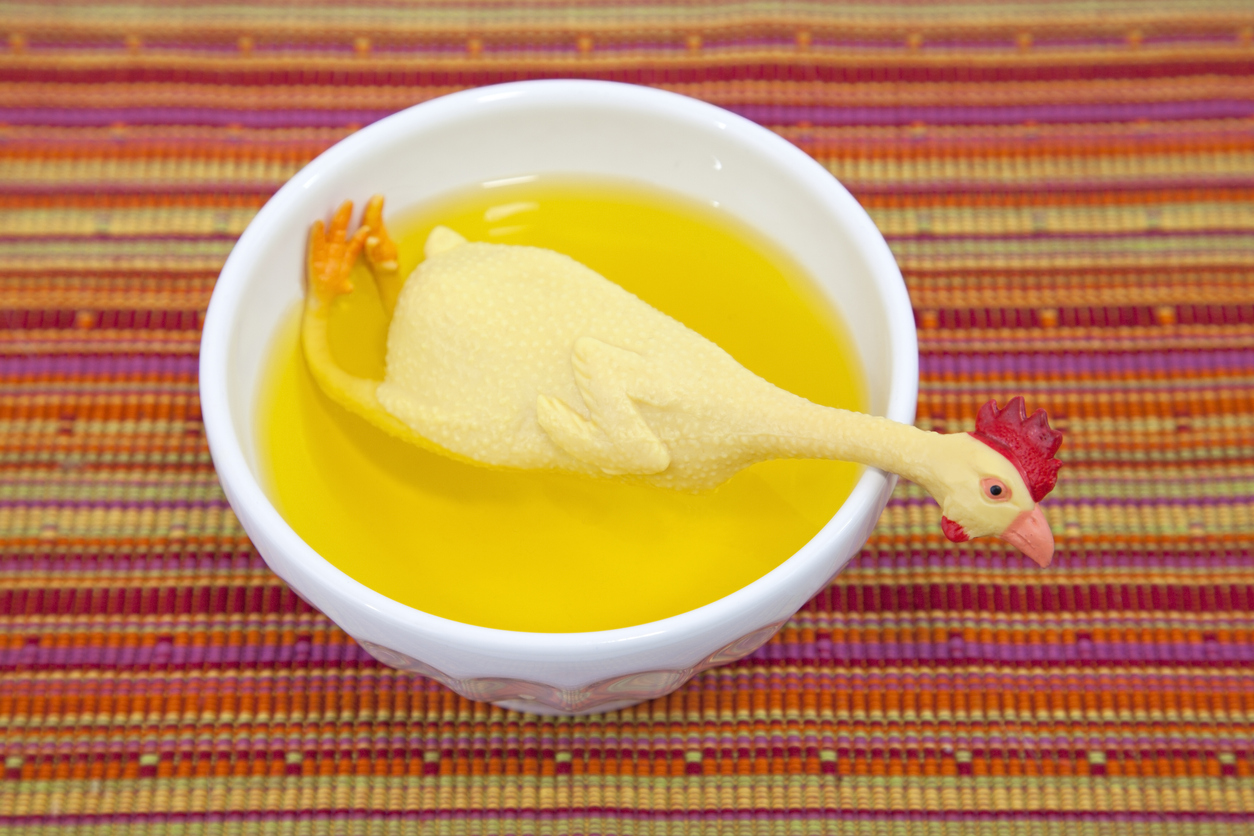This is the web version of a list we publish twice-weekly in our newsletter. It comprises the most noteworthy food stories of the moment, selected by our editors. Get it first here.
Bristol Bay blues. “Sometimes the fish are so warm when you pick ‘em up, you can feel it through your gloves.” That line from Julia O’Malley’s devastating piece in The Nation should give you a sense of what’s in store. Alaska’s Bristol Bay, supplier of 40 percent of the world’s sockeye salmon, is in serious danger. The twin threats of climate change and a Trump-boosted mining operation are converging to create an increasingly dire situation for the once-thriving fish. (Bristol Bay’s fishing industry has also suffered from a shortage of migrant labor.)
Outsider food aisle. Millions of consumers buy groceries in supermarkets across the country, but for some shoppers—including chef and restaurateur David Chang—the “ethnic” food aisle is “the last bastion of racism” in retail. Tim Carman writes why in The Washington Post. The reasoning behind why these aisles still exist isn’t about mainstream acceptance, Chang says. According to supermarket consultant Phil Lempert, grocery stores provided space for international products that were considered outside of the American mainstream in the 1950s. Today, items in the ethnic food aisle are targeting shoppers seeking convenience and sales. Whether or not the food in ethnic food sections is mainstream continues to spark controversy.
Tableside flower service. That’s the term Lowell Farms, the country’s first cannabis cafe, is using to describe its sommelier-style marijuana offerings. The cafe, which opened this week in Los Angeles, can’t legally sell weed-infused food cooked in-house—which kinda defeats the point, doesn’t it?—but makes up for it by offering edibles cooked offsite. Diners can purchase joints on the premises or bring their own bud, subject to a $20 “toke”-age fee. Eater has more.
Crawfish in hot water (but not for jambalaya). You may recall our story from May on a curious piece of Louisiana legislation requiring state restaurants to note on menus if they are using imported seafood. Well, the law has been on the books for a month, and the Louisiana Department of Health has already cited 150 restaurants in violation of the new rule. The Advocate reports that some of these restaurant owners are upset, saying it’s difficult to source only Louisiana seafood year-round.
As far as the eye can see. The average rural resident lives more than three miles from the nearest grocery store, and that number is only climbing, according to a recent overview from Stateline, a blog run by the Pew Charitable Trusts. As big box chains serve larger and larger areas and dollar stores increasingly undercut the local market, small-scale rural grocers are finding it harder and harder to compete. Lawmakers are exploring their options, but it’s a tough nut to crack.
